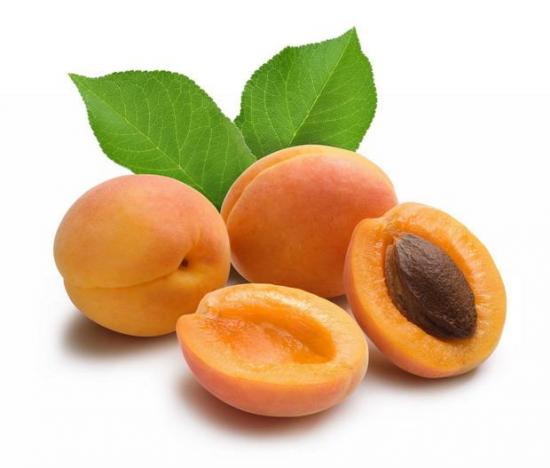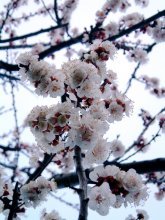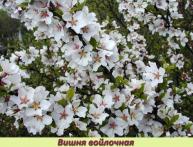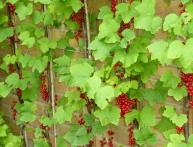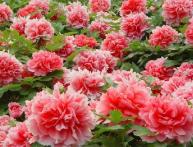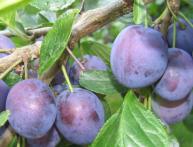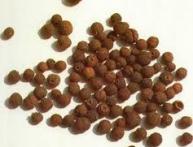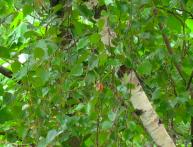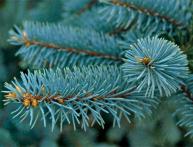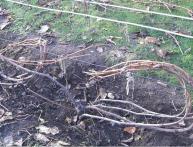What is special about the Manchurian apricot?
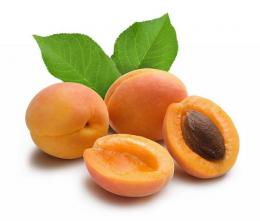
Manchurian apricot is a rather rare, but extremely beautiful plant that can grow 10-12 meters in length. Another distinctive feature is the durability of the tree. So the plant can become a central and favorite part of your garden.
Content:
Plant characteristics
The fruits growing on these trees are not large. They weigh only 15 to 20 grams and are not as sweet as their southern relatives. But, as for jams, jellies and compotes, they turn out simply excellent. Apricot Manchurian is distinguished by its frost resistance. It is able to withstand a slow decrease in temperature to 30 degrees below zero. Frost resistance is far from the main factor influencing the winter hardiness of a tree.
What is winter hardiness? This is the totality of all weather conditions, both expected and unpredictable, affecting the condition of the plant during the winter period.
Apricot trees, in particular their flower buds, are characterized by sensitivity to sudden changes in temperature. Thaws cause various biochemical, chemical and structural reactions in them. Flower buds can be seriously damaged and even die if there is a sharp decrease in temperature after a thaw. Their damage can also cause prolonged freezing temperatures. The plant grows both singly and in groups.It can be found in the collections of botanical gardens and in the cities of East Asia, Siberia and North America. Apricot is also interesting as an independent crop. As for the fruits of the tree, they often do not have a distinct taste and are somewhat sour. But processed foods (juice, compote, jam) are very healthy and tasty.
Planting Manchurian apricot
The seeds of the plant can be preserved for several years without losing their ability to germinate. they can also awaken completely unexpectedly. This is due to the programmed short period of rest. Autumn planting of seeds has a germination rate of 0 to 90%. If you want to achieve even greater effect, you need to pay attention to the following recommendations:
- Checking the seeds for buoyancy and removing all floating seeds.
- Planting should be done as close to winter as possible. Having done this earlier, the seeds may open during the autumn warming and, accordingly, die during the frosty period. A similar situation occurs in spring, when thaw and frost alternate sharply.
- The seeds are planted to a depth of 1 cm. Otherwise, the root collar of the seedling will be under the ground and rot.
The stratification procedure is highly effective. It consists of keeping the seeds at a temperature equal to zero. Usually this is a refrigerator or cellar, where they need to be stored in damp sand in a ventilated container.
Thanks to such good qualities and characteristics, the plant can become a central and favorite part of your garden, and caring for it, apart from pleasant troubles, will not provide any bad surprises. Especially when you consider the fact that jams, jellies and compotes turn out simply excellent...
You can learn how to choose a tree seedling from the video:

